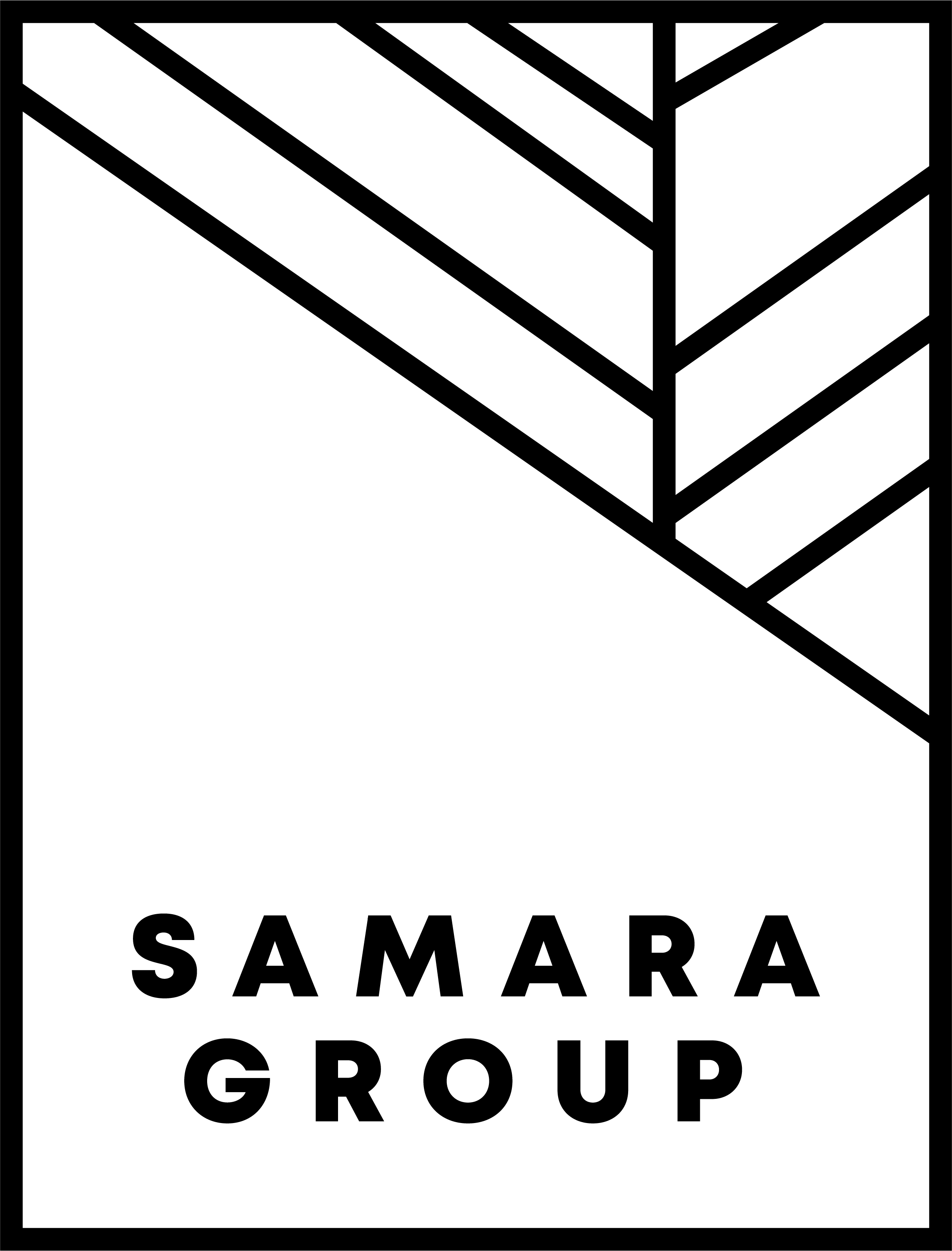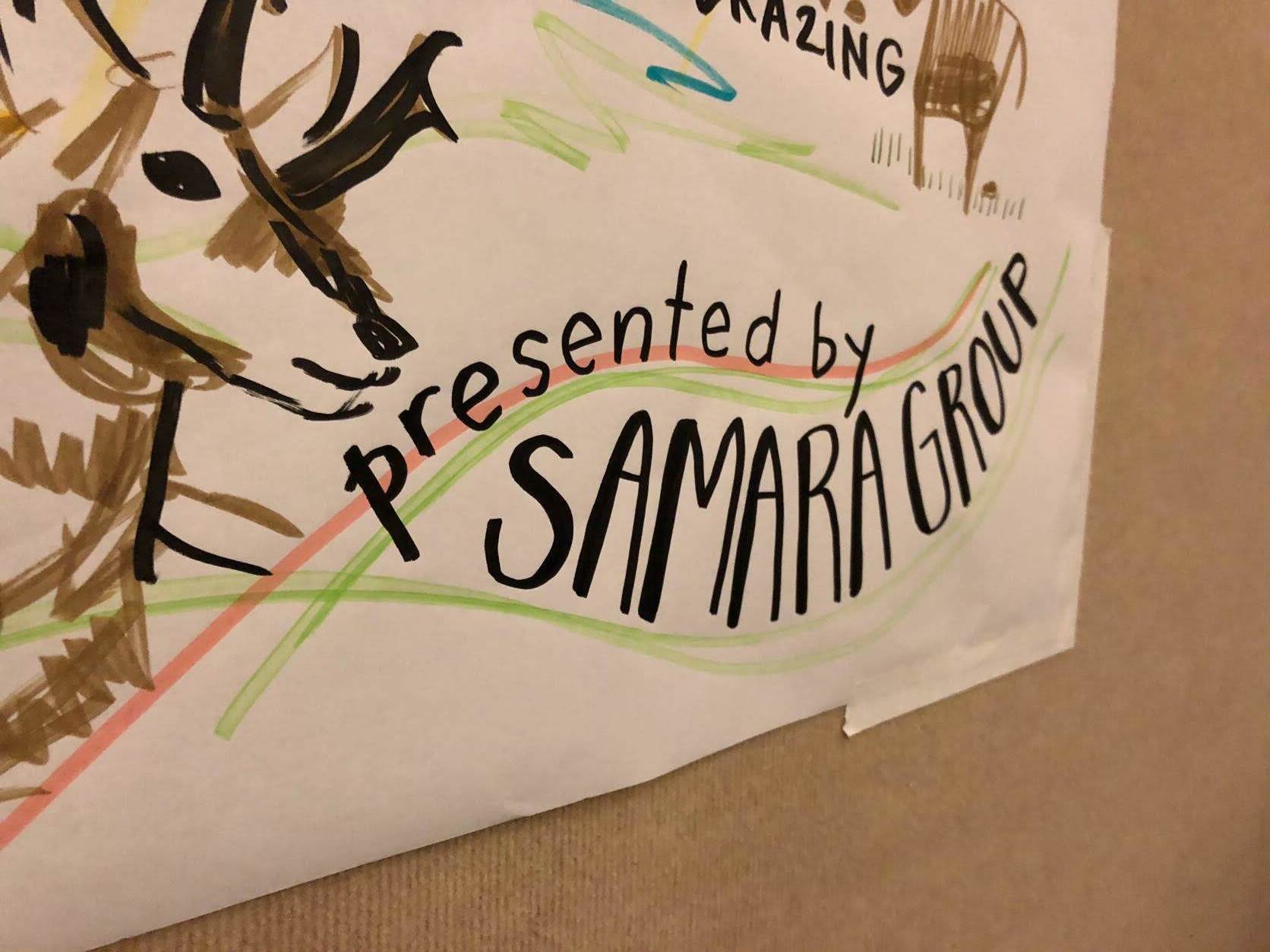Graphic Harvesting: Breaking Down Silos, Weaving New Ideas
Breaking down silos between our work is hard to do. This is not surprising when the strategy to get things done is often captured by the phrase, “Divide and conquer!” No wonder we get stuck sometimes and find it difficult to build new ways of working together.
One technique we use to support groups is to collect information and transform it visually for the group to see. This graphic strategy is sometimes called “graphic note-taking”, “graphic facilitation”, or our favorite: “graphic harvesting”. Essentially, in a group setting we gather ideas from participants, weave the ideas together graphically and present the ideas in an easy-to understand format.
Society for Ecological Restoration and Society for Wetland Scientists’ conference attendees answer the question “What makes a restoration project resilient?” The harvest board was a common place for conversation, thinking out loud with colleagues, and drawing connections between ideas.
Graphic strategies can be used in a variety of contexts to gather ideas, thoughts or research into one space. Visualization is a powerful tool to transform conversation and solutions. It is the role of the designer to capture and highlight threads that weave the work together. As visual thinkers, creatives, and idea facilitators, we use various tools of our trade -- symbols, icons, empathy, and intuition -- to translate complex data into visual information that can be more easily understood.
The results are profound. Often, the space in front of a harvest mural is a place for discussion. Colleagues, students, and event staff stop to chat about the complexities between projects, overlapping ideas, gaps, and underlying themes. The colors, imagery and design of a harvest prompts participants to use their creativity, intuition, memory, and emotion alongside their intellect. This dynamic activity inspires both individual and group thinking and helps to create new connections in a creative and innovative space.
When can you use graphic strategies to support collaboration? There are endless options!
Here are a few:
Conferences: Ask a key question of conference attendees to gather insights into what attendees are working on or how they view solutions to a problem. Draw a harvest mural each day and post for a social event.
Meetings: Highlight key points as graphic meeting notes and post for a quick-reference artifact from the meeting.
Workshops: Gather information from small-group breakout sessions and harvest the results or follow up discussion for the full group.





